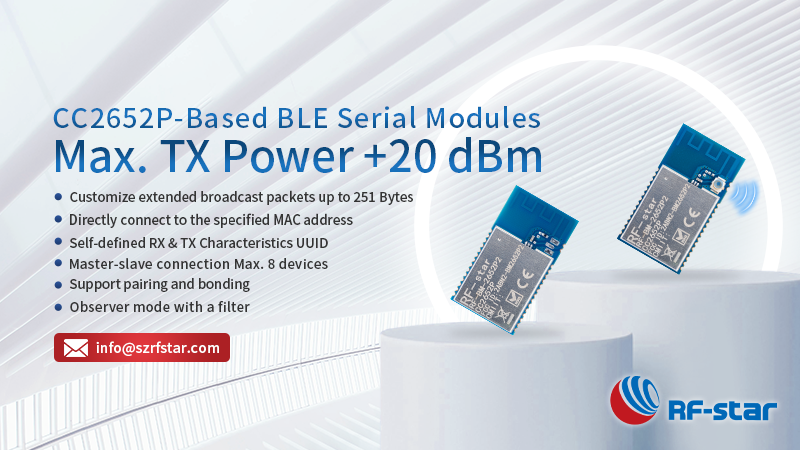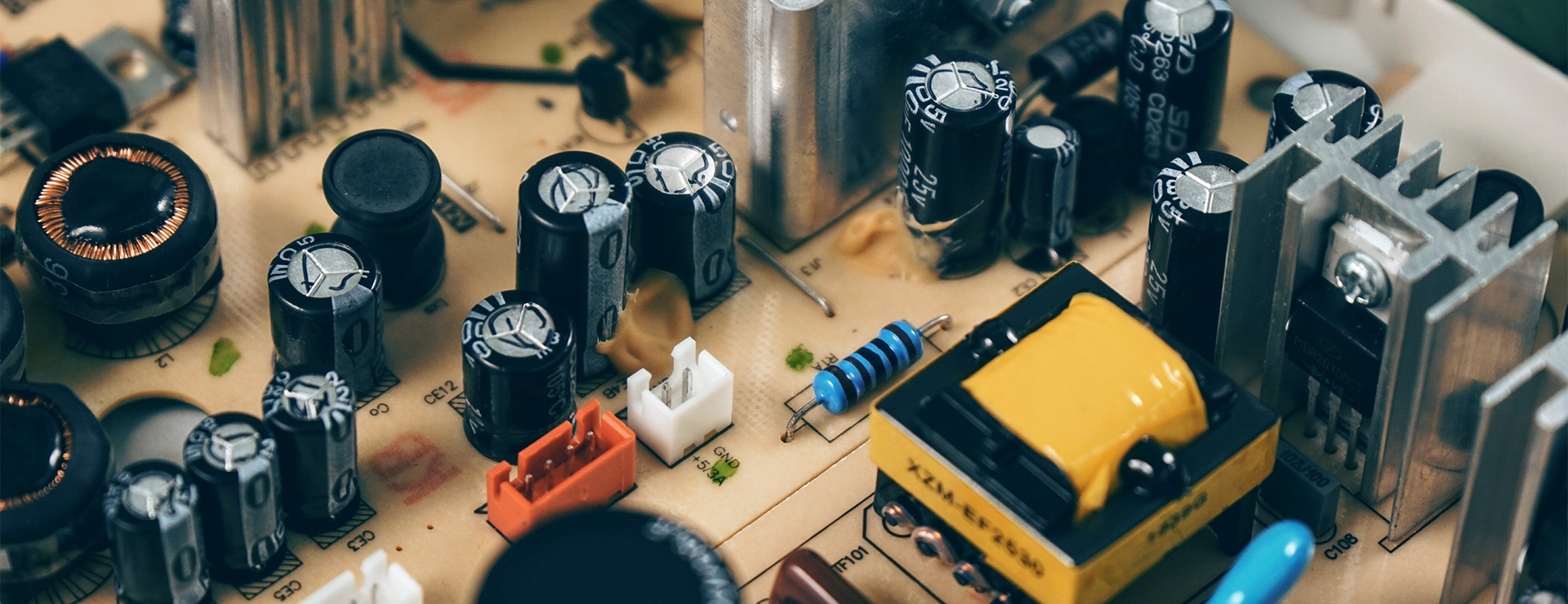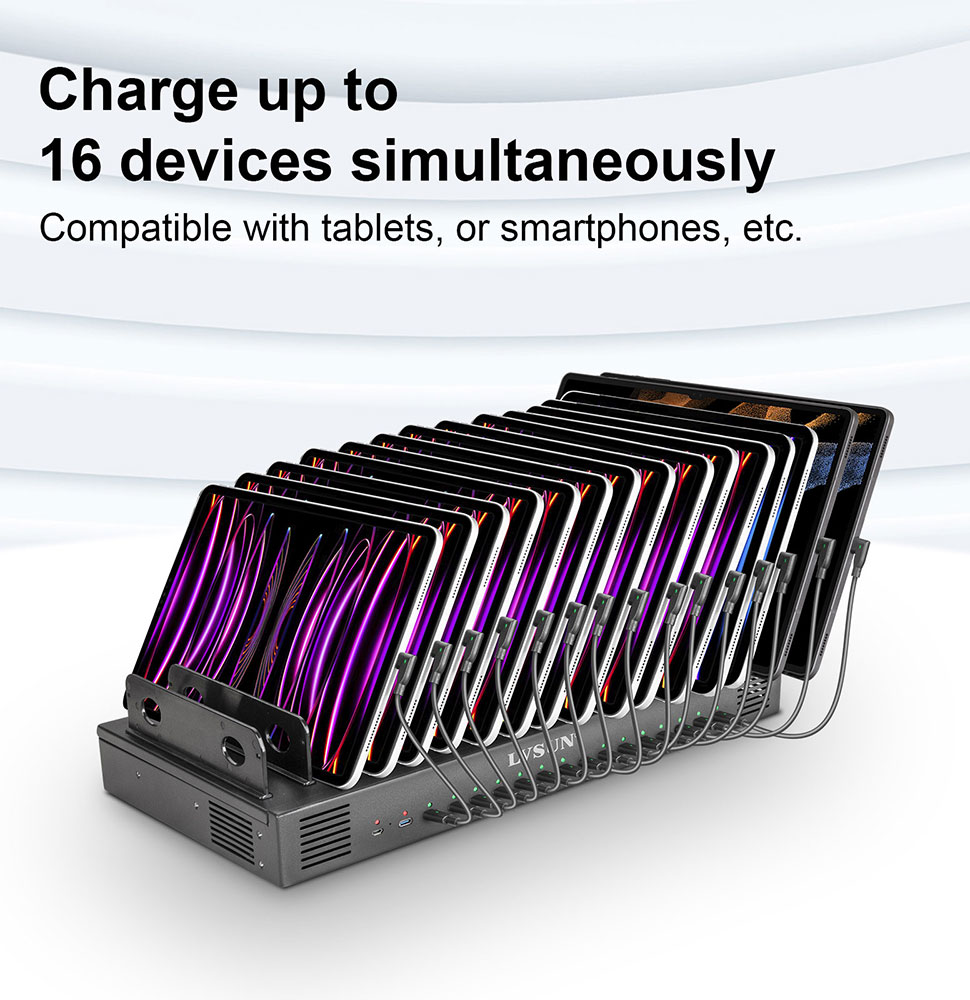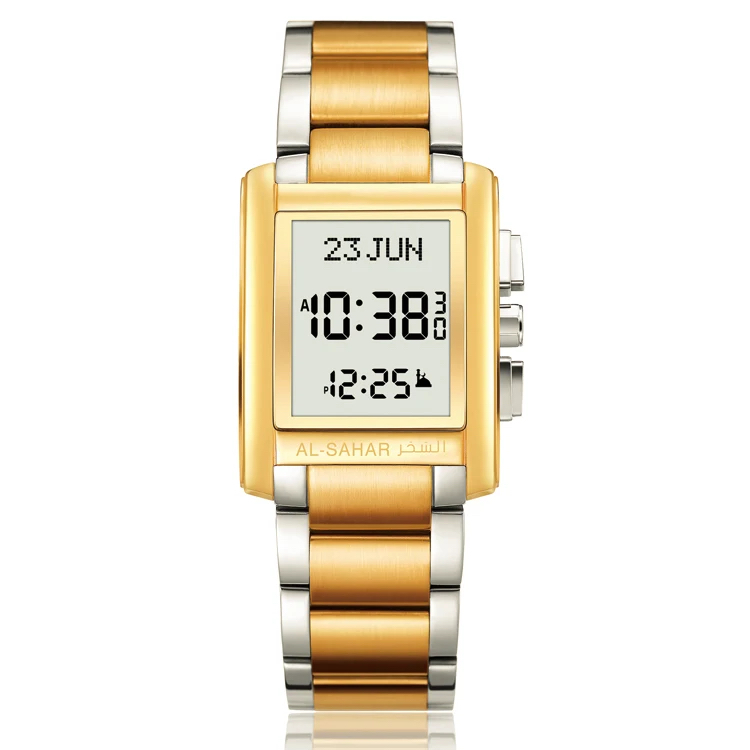RF-star Launches Bluetooth UART Protocol for CC2652P High-Power BLE Modules RF-BM-2652P2/P2I
Shenzhen RF-star Technology Co., Ltd. (RF-star), a leading wireless module manufacturer, has released its latest Bluetooth UART transparent transmission protocol for CC2652P-based BLE modules RF-BM-2652P2 and RF-BM-2652P2I. This new offering is set to revolutionize the landscape ofhigh-power Bluetooth Low Energy (BLE) modules, by providing developers with robust, long-range wireless solutions tailored for multi-connectivity needs.
Enhanced Connectivity with High-Power BLE Modules
BLE technology, renowned for its low power consumption and ease of use, has long been a cornerstone of short-range wireless communication. However, as the demand for long-range connectivity in smart home and industrial automation applications grows, the need for high-transmit power BLE devices has become increasingly apparent.
RF-star's CC2652P modules, RF-BM-2652P2 and RF-BM-2652P2I, feature a built-in power amplifier with a maximum transmit power of +20 dBm. This extends the transmission range from the conventional 10 meters to hundreds of meters.
The New Era of Bluetooth UART Transparent Transmission

The introduction of Bluetooth 5.0 transparent transmission protocol -- essentially a serial port protocol -- is excellent news for developers. Equipped with this protocol, the modules can work in BLE master mode, slave mode, master-slave mode, and Beacon mode. Here are some standout features (AT commands) that make these modules a must-have for high-power applications:
- Adjustable Transmit Power: With 22 levels of transmit power adjustment ranging from -20 dBm to +20 dBm, developers can fine-tune the output power to suit their specific requirements, ensuring optimal performance without unnecessary power consumption.
- Multi-Device Connectivity: Supporting one-master and multi-slave connections, these modules can handle up to 8 devices simultaneously, making them ideal for complex networks and IoT ecosystems.
- Extended Broadcast Packets: Customizable extended broadcast packets of up to 251 bytes allow for more data to be transmitted in a single packet, enhancing communication efficiency.
- High UART Forwarding Rate: A maximum stable UART forwarding rate of 35 KB/s ensures that data transmission is swift and reliable, even in high-traffic scenarios.
- Observer Mode with A Filter: This feature allows users to monitor and filter specific parameters, offering greater control and deeper insights into the module's operations.
- Bluetooth Pairing and Bonding Support: Seamless integration with existing Bluetooth ecosystems is facilitated by support for pairing and bonding, ensuring compatibility with a wide range of devices
- Automatic Reconnection: The automatic reconnection ensures that the module maintains a stable connection, even in the face of temporary disruptions.
Multi-Protocol Support: BLE5.2, ZigBee, Thread, etc.
Beyond Bluetooth serial port capabilities, the RF-BM-2652P2 and RF-BM-2652P2I modules also support multiple protocols, including Bluetooth 5.2 Low Energy, Thread, Zigbee®, IEEE802.15.4g, 6LoWPAN, and TI 15.4-Stack (2.4 GHz).
The Dynamic Multiprotocol Manager (DMM) driver allows multiple wireless stacks to coexist and operate concurrently, making the modules highly adaptable for various applications.
The applications for these high-power BLE modules are vast and varied. From smart home to industrial automation, medical devices, logistics tracking, and smart agriculture, the RF-BM-2652P2 and RF-BM-2652P2I modules provide reliable and efficient wireless communication solutions. Covering larger distances with stable multi-connection is particularly beneficial in large-scale environments where traditional BLE devices might struggle to maintain a consistent connection.
For more information on high-power wireless modules and Bluetooth UART protocol, visit www.rfstariot.com or reach out to us at info@szrfstar.com.
About RF-star
Shenzhen RF-star Technology Co., Ltd (RF-star) is a leading global provider of wireless communication modules and solutions, specializing in low-power modules for IoT, industrial, automotive, and consumer applications. With over a decade of engagement in Bluetooth and IoT communication technology and extensive expertise, we are capable of bringing reliable, convenient, secure and intelligent connectivity service to every industry, enriching smart life with a perfect wireless experience.
RF-star's product portfolio ranges from BLE modules, ZigBee modules, WiFi modules, Sub-1GHz modules, Matter modules, Thread Modules, UWB modules Wi-SUN modules and customized service. As the official IDH of TI and a trusted partner for customers worldwide, RF-star is committed to delivering cutting-edge wireless solutions.












